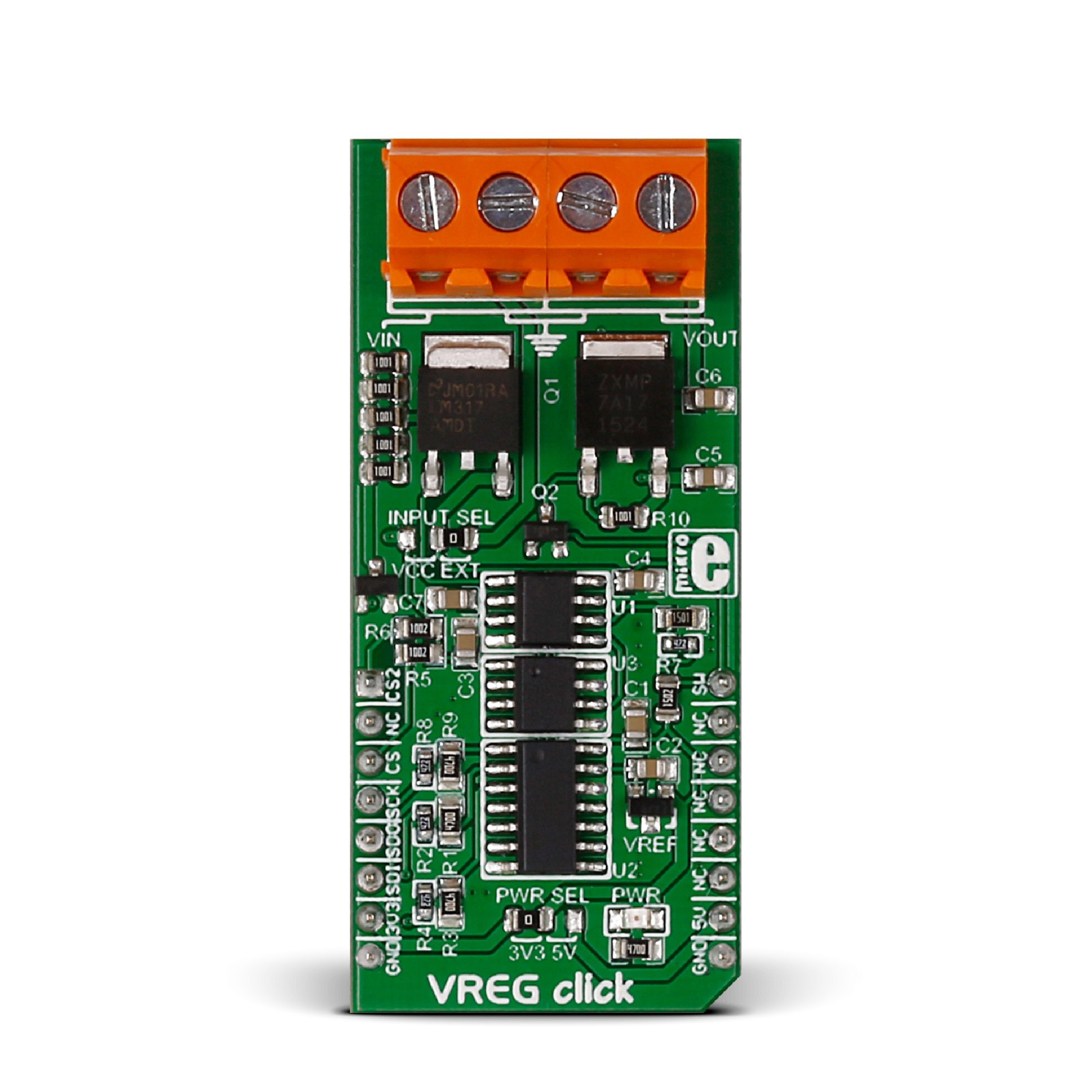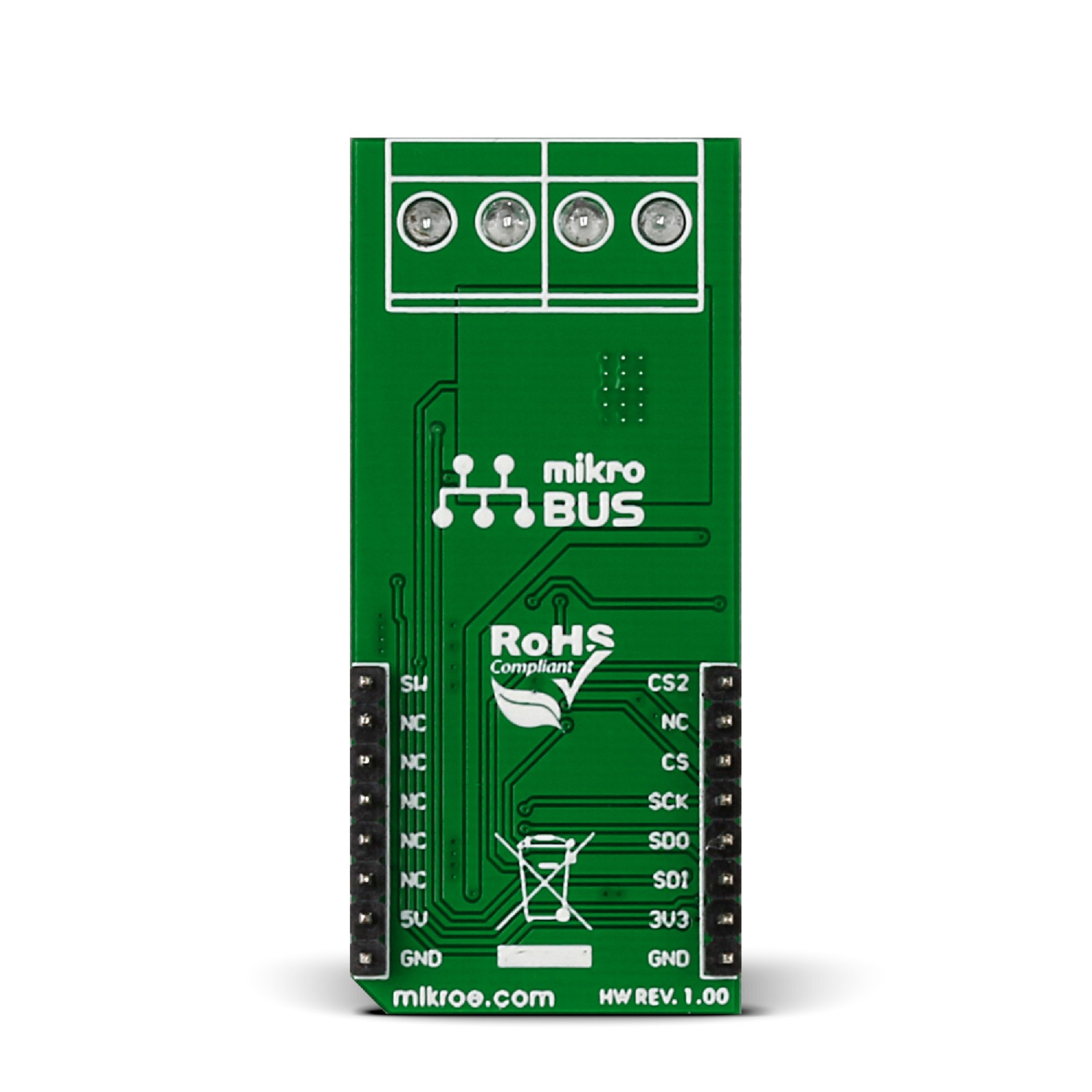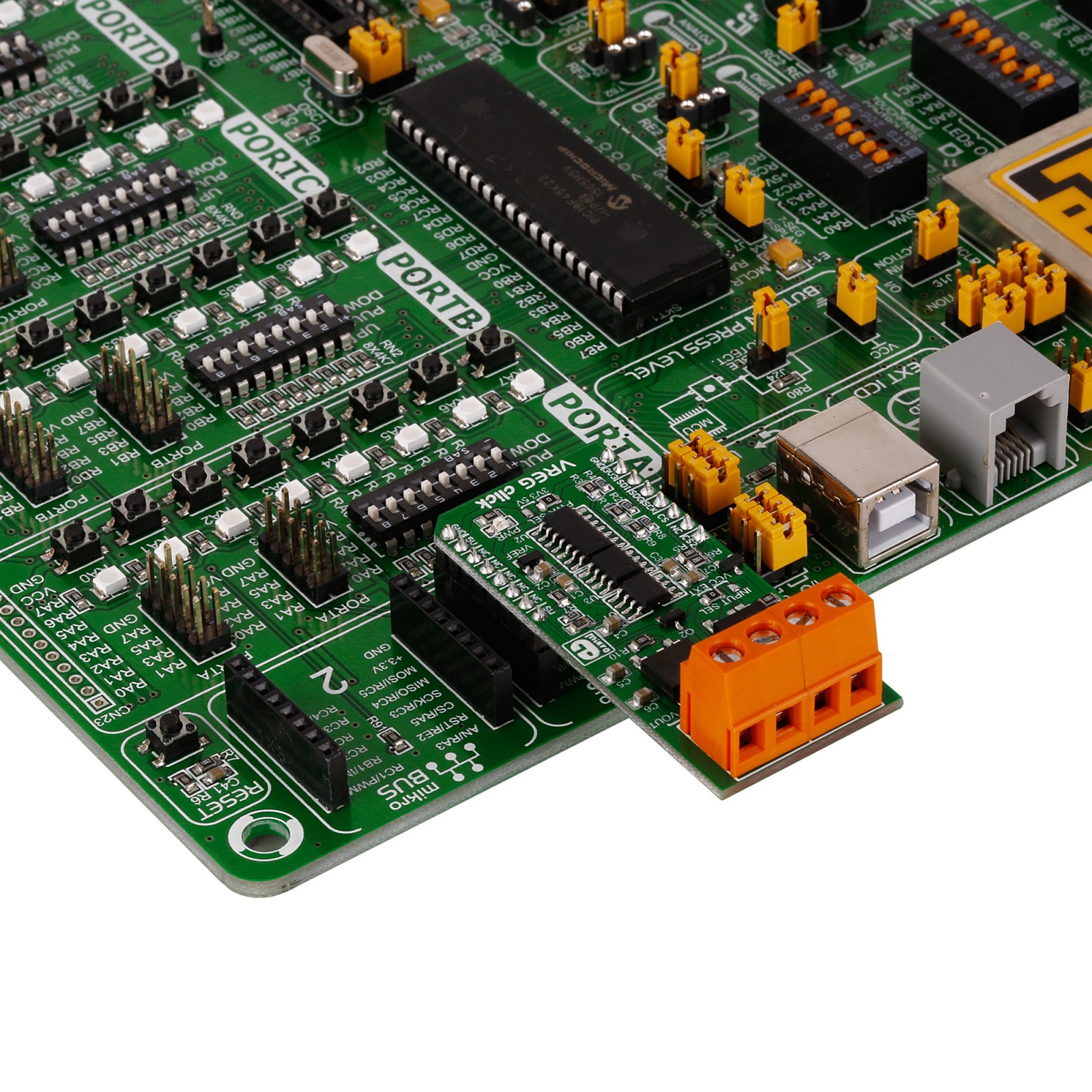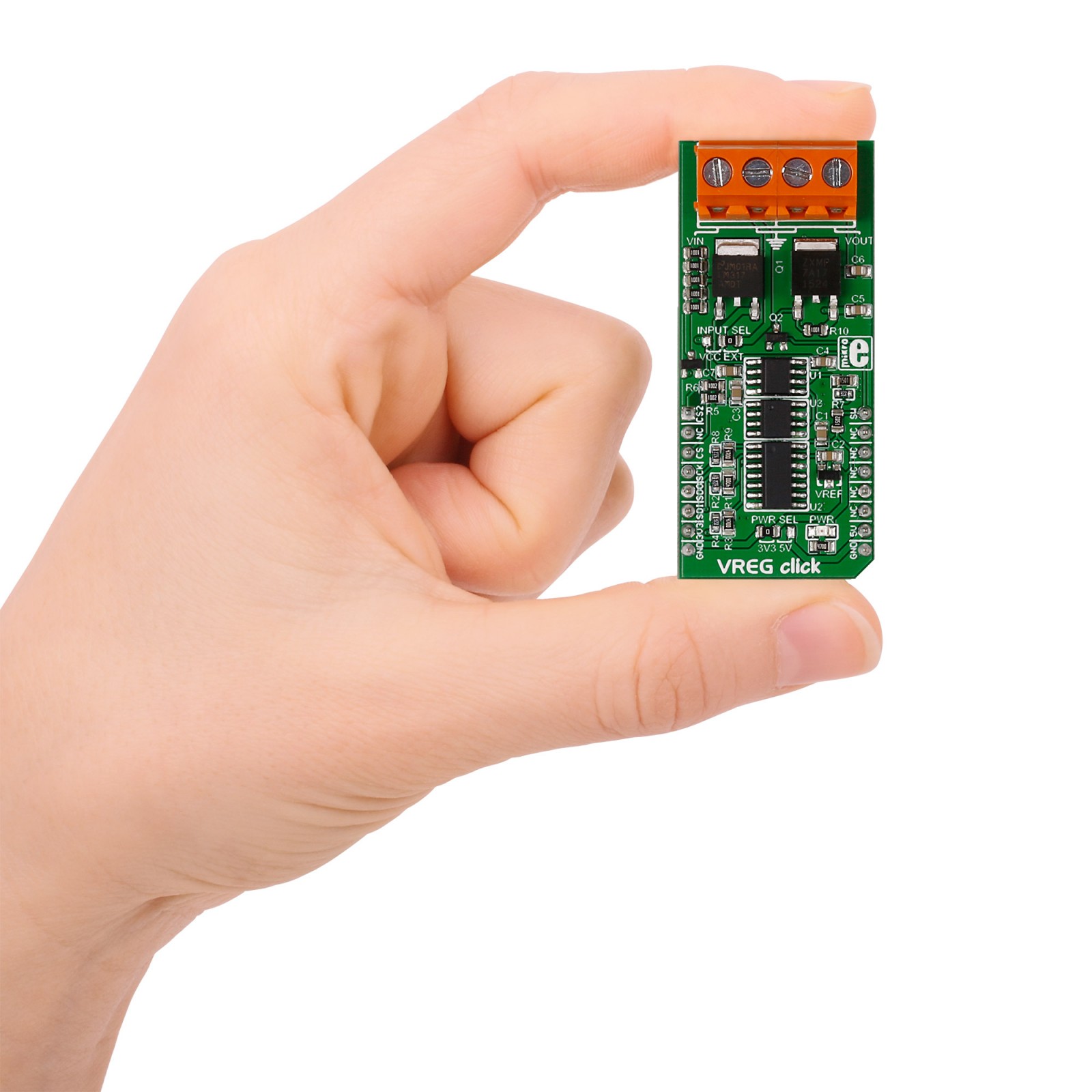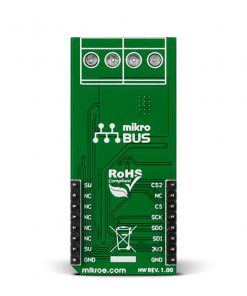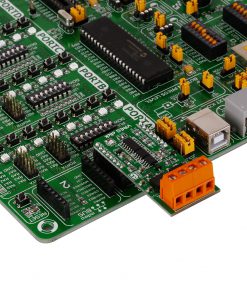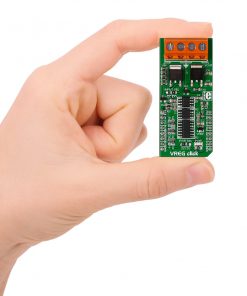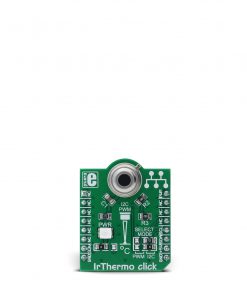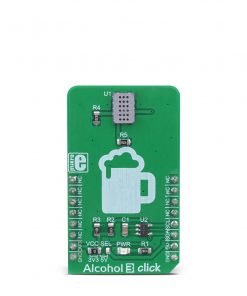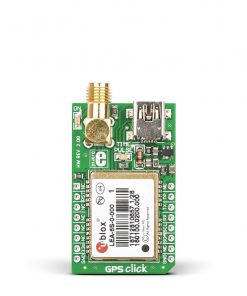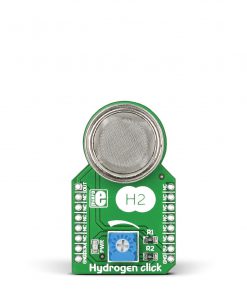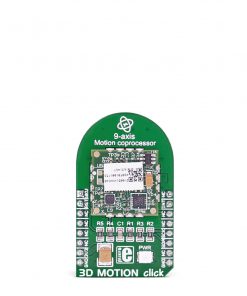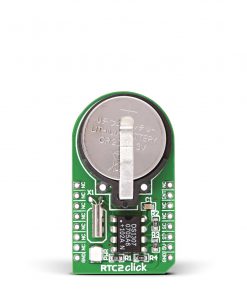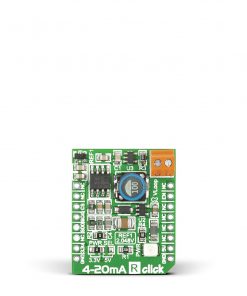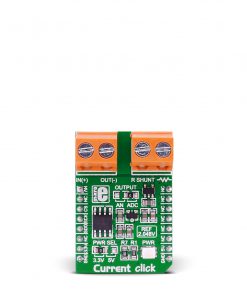VREG Click is a compact add-on board with circuitry for digitally controlled DC voltage regulation. This board features the LM317M, an adjustable voltage regulator from STMicroelectronics. The VREG Click can regulate external power supplies over the screw terminals, but also the internal from the host board itself, in this case, 3.3 or 5V. The circuit regulates the voltage by turning all input/output differences into heat (effectively dissipating all the excess power). If it gets too hot, it may damage the board or cause unexpected behavior. This Click board™ makes the perfect solution for the development of applications based on regulating linear power supplies for a wide variety of devices.
VREG Click is supported by a mikroSDK compliant library, which includes functions that simplify software development. This Click board™ comes as a fully tested product, ready to be used on a system equipped with the mikroBUS™ socket.
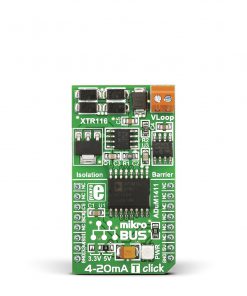 4-20mA T Click
1 × R400.00
4-20mA T Click
1 × R400.00 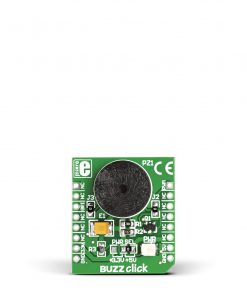 BUZZ Click
1 × R115.00
BUZZ Click
1 × R115.00 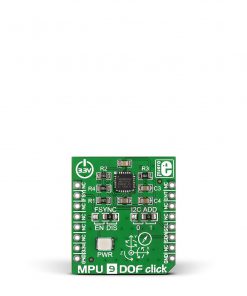 MPU 9DOF Click
1 × R540.00
MPU 9DOF Click
1 × R540.00 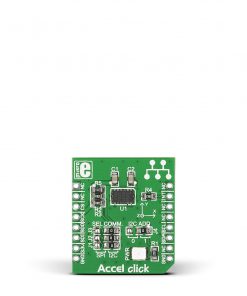 Accel Click
1 × R350.00
Accel Click
1 × R350.00 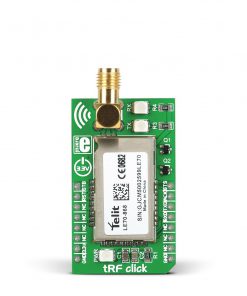 tRF Click
1 × R1,050.00
tRF Click
1 × R1,050.00 
